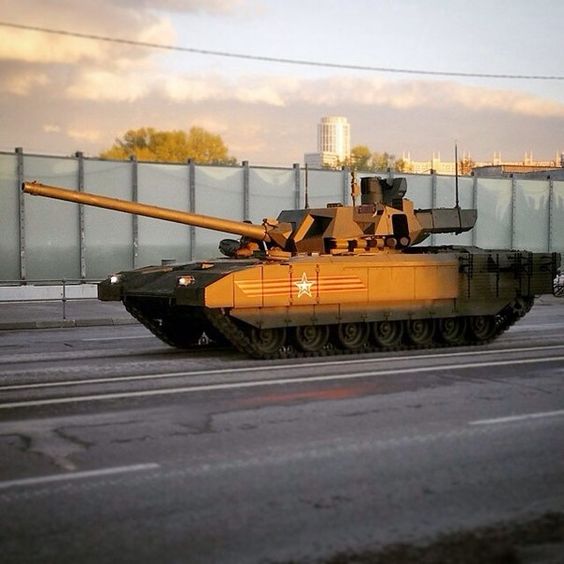

However, due to the disintegration of Yugoslavia, the Vihor project was abandoned. Unlike the M-84, the Vihor was not a copy of a Soviet tank, but a new design from scratch. In the late 1980s, a project for a replacement tank called the Vihor (Whirlwind) was started. There were about 240 factories from ex-Yugoslavia which directly participated in production of the M-84 MBT plus about 1000 of them which participated indirectly. The improved M-84A version entered service a few years later. The M-84 entered service with the Yugoslav People's Army in 1984.
.jpg)
Some improvements over the T-72 include a domestic fire-control system, improved composite armor, and a 1000-hp engine. The M-84 main battle tank is a Yugoslavian version of the Soviet T-72. 4.2.4 Kosovo War and Preševo Valley conflict.1 x 14.5 mm HMG(800 rounds), 2 x 12.7 mm HMGs(2,000 rounds), 3 x 7.62 mm MMGs(9,000 rounds), 4 x 5.54 mm LMGs(20,000 rounds), 3 x 5.54 mm Assault Rifles with 40 mm Under-Barrel Grenade Launcher, 25x Zoom Scope, and Under-Barrel Shotgun(300 rounds, 10 grenades, 70 shells per crew), 3 x 9 mm Handgun(120 rounds per crew), 3 x Gas Masks(1 mask per crew), 3 x Bullet-Force-Fireproof Vests(1 vest per crew), 9 x Fragmentation Grenades(3 grenades per crew), 9 x Flashbang Grenades(3 grenades per crew), 9 x Smoke Grenades(3 grenades per crew), 9x Gas Grenades(3 grenades per crew), 3x 84 mm Anti-Armor/Aircraft/Watercraft/Fortification/Personnel Rocket Launchers with 25 x Zoom Scope(10 rounds per crew), 3x 8.6 mm Anti-Personnel/Materiel Sniper Rifles with 50 x Zoom Scope(25 rounds per crew), and all other soldier equipmentsĢ0-cylinder water-cooled 8-stroke diesel engine capable polycarbonate


 0 kommentar(er)
0 kommentar(er)
